Konnichiwa! What comes to your mind when you think of Japanese cuisine?Sushi(寿司),Tempura(天婦羅),Ramen(ラーメン)? Those dishes are my favorite and undeniably iconic. See? They have their own emojis!🍣🍤🍜
A couple of years ago, I got so exhausted with work and business. Ramen became my comfort food in times of Quarter Life crisis, burnouts and chaos. And if Someday, I would be speaking in front of many people about my Story or Success, probably I’ll never forget to thank “Ramen” for saving me on tough days. Ramen never let me down! (ha-ha)
Kidding aside, my love for Japanese food went too far. Frequent eating had ruined my monthly budget. Most Authentic Japanese Restos here in the Philippines are a bit expensive. So I explored for ways on how to eat my favorite food without blowing up my expenses.
Luckily, I bumped into a TESDA advertisement while I was scrolling my facebook feed. They were offering FREE Washoku Training for Women. I immediately signed up for the program and got accepted. Thank you TESDA. Choosing to learn Washoku during weekends instead of partying with friends was so rewarding.
so if you’re interested to learn how to cook Japanese food, you should check out TESDA’s Free Washoku Training in Taguig City, Philippines.
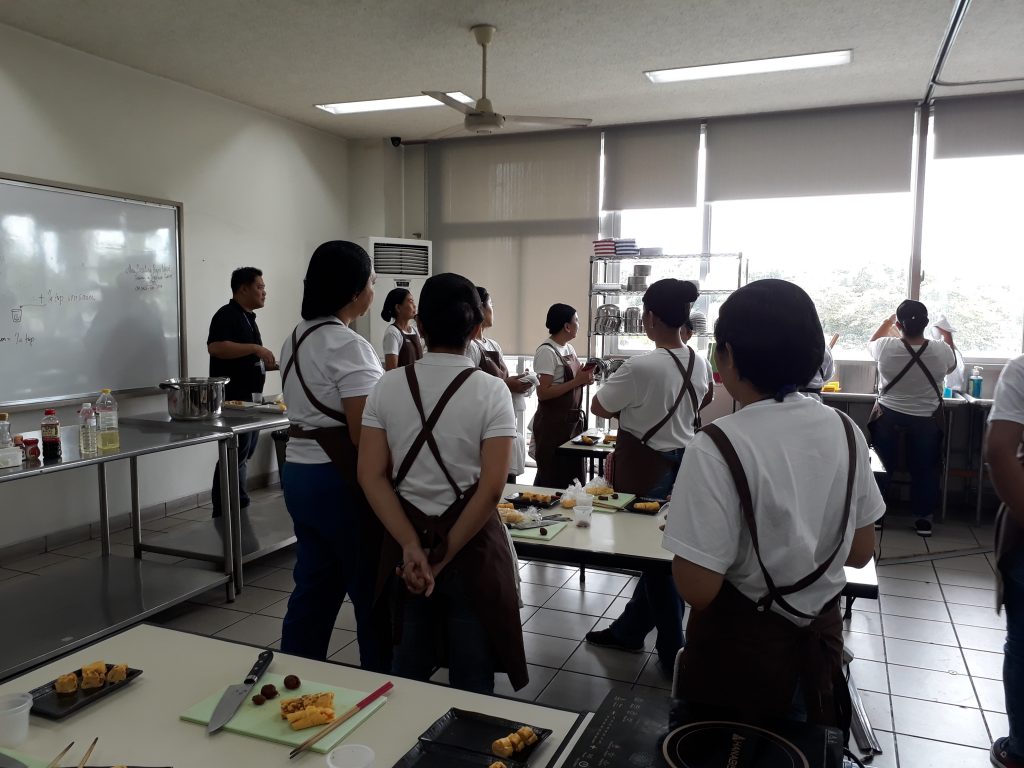
What is Washoku?
Another name for Japanese cuisine is “Washoku” 和食 (和食 – 和 meaning ‘Japan’ or ‘harmony,’ 食 meaning ‘food’ or ‘to eat’). As implied in the Chinese characters, Washoku harmoniously blends the ingredients for a nutritious and beautifully presented meal.The term actually is a recent creation from the Meiji period (1868-1912), the beginning of Japan’s modernization and industrialization from the feudal era.
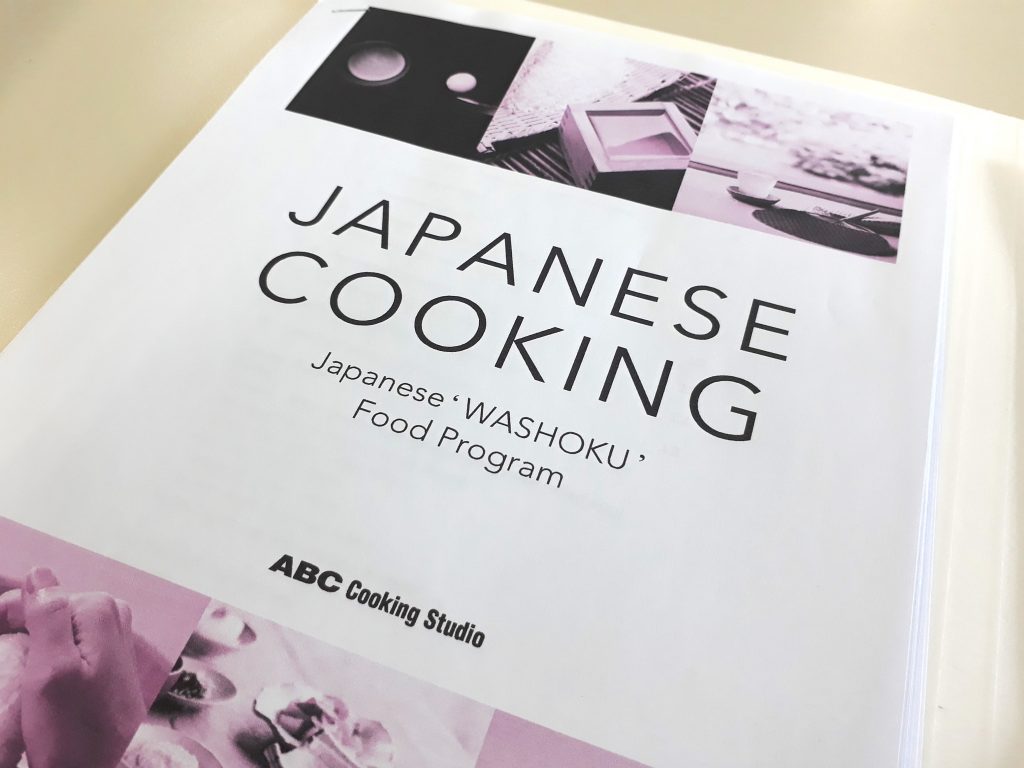
in this article, I will share with you my enjoyable Washoku learning experience and how it positively transformed my outlook in life.
Since I was a kid, I haven’t been that interested in cooking. It’s easy to imagine why – I’ve had a lot going on in my life. School, Extra Curricular Activities and Community Affiliations. I’m not confident as well with my ability to cook. when I cook, it’s either the food will get burnt or taste bad. I grow up with a belief of I am lazy and don’t really know how to cook.
I can still remember my first day in my Washoku Training. I messed up my Onigiri and my Japanese bread come out hard as a rock! Ended up, Everyone was laughing at me.
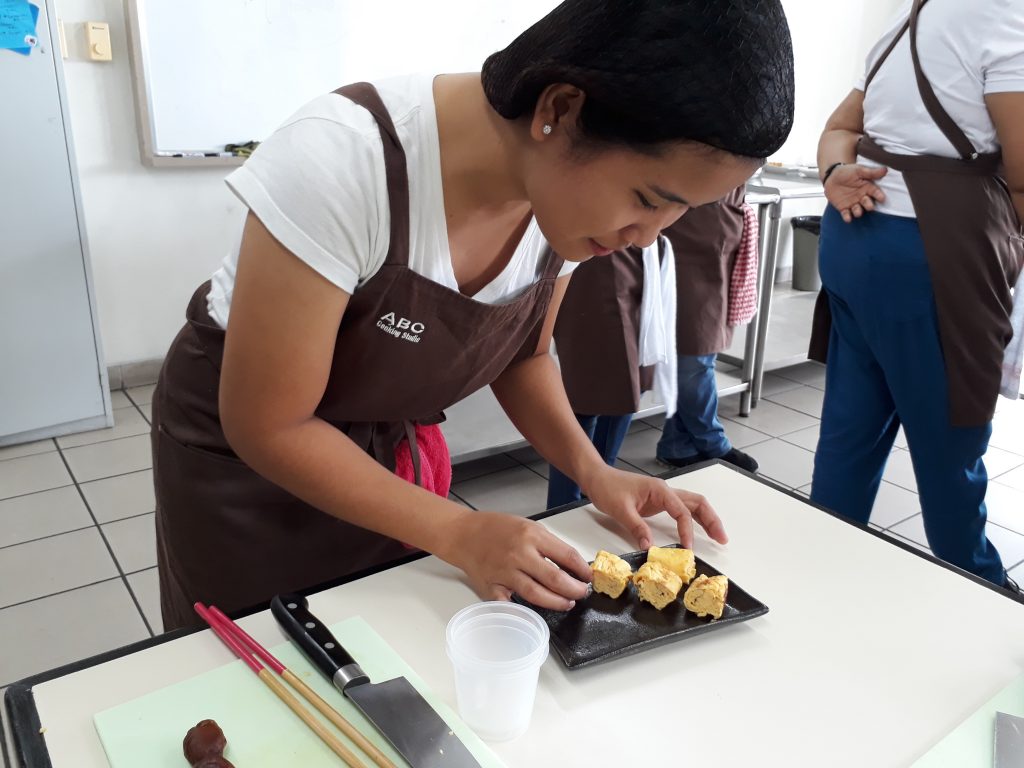
But after a week of training and hardwork, Yikes! Here are the food that I learned to cook and prepare with the help of my Sensei and classmates.
I am so happy and proud of myself as a first timer for being able to cook Japanese-Resto-level-cuisines. The results look great that it paid off my hardwork during the process.(Don’t worry! I will blog my own recipes of soon so stay tuned!)
Japanese Cooking Secrets
There are actually lot of Japanese Cooking Techniques but these are the highlights of my learning experience.
Seasoning – The order and amount of seasoning is very important. The rule of thumb is to add these ingredients in their precise order (sa-shi-su-se-so) to optimize their flavors. This is because certain seasonings don’t blend as well if they aren’t added correctly.
Sa-Shi-Su-Se-So is the “ABCs” of Japanese cooking. Each letter stands for one hallmark of the cuisine:
Sa = satoh = sugar
Shi = shio = salt
Su = su = rice vinegar
Se = shoyu = soy sauce
So = miso = fermented bean paste

Utensils Placement and Usage
People think that preparing and serving Japanese food in your own kitchen is expensive because the set up looks really fancy right? But the reality is, it doesn’t necessarily require any expensive or esoteric utensils. You can use alternative basic ones. However, I noticed that they have special gizmos and gadgets, pots, pans and paraphernalia that make certain tasks unique to the preparation of Japanese cuisine considerably easier, and definitely produce more professional results.
When preparing ingredients, Don’t forget to separate them properly. Wash knife everytime you cut a raw meat or chop something before using it on veggies or other ingredients. Improper use of it can cause food poisoning.

Admirable Japanese Table Manners
Having a meal in Japan requires some basic knowledge of etiquette. This is especially true when dining at an expensive sushi restaurant, or at a Japanese friend’s wedding reception. Here are some simple tips to know and follow so you’ll never commit a faux pas.
1. Only Use Wet Towels to Wipe Your Hands
2. Say Thanks Before and After Your Meal
3. Use Chopsticks the Right Way
4. Hold Your Rice Bowl While Eating
5. Don’t Eat with Elbows on the Table
6. Slurp While Eating Noodles and Drinking Tea
7. No Leftovers is Basic Etiquette
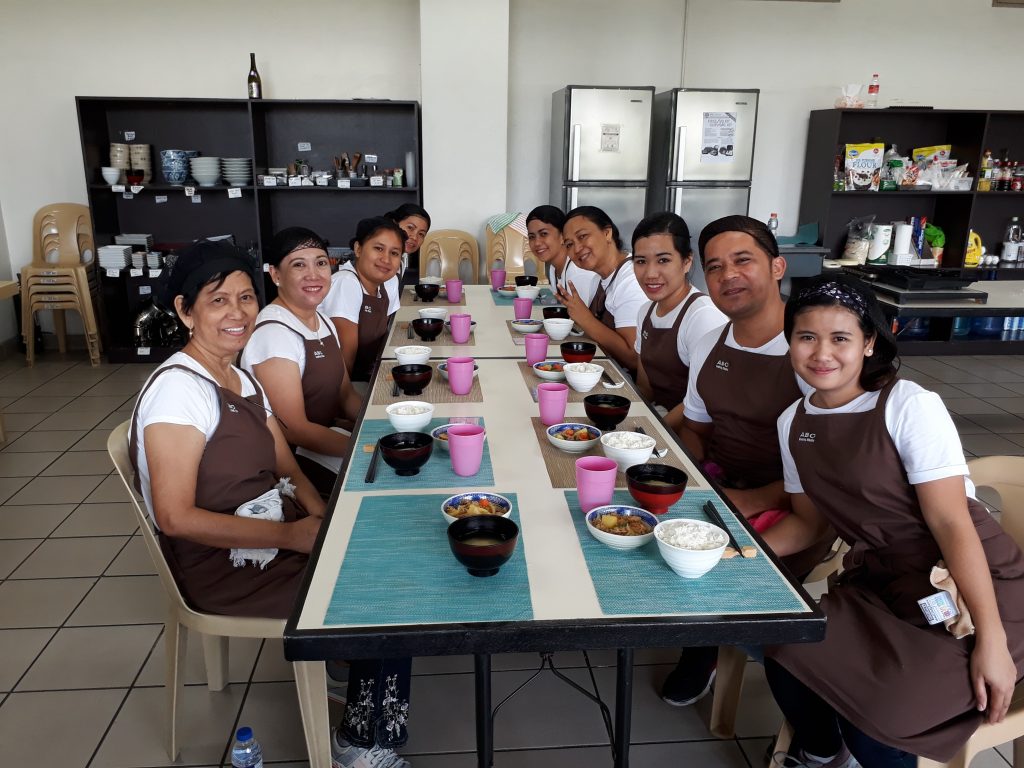
Enjoy Eating Japanese Food like a Local!
Every Japanese meal is a long-awaited meal, it would be a waste to make others uncomfortable by having poor manners. Practice proper etiquette, and your food experience will take you to Japan without costing you a plane ticket plus you can make it memorable with your friends!
Going back.. Finally.. A lazy person who only knows how to order Japanese food from restos while working on her laptop has her Japanese Cuisine Training Certificate already from ABC Cooking Studio. I never thought that I would be cooking Japanese food in my life. Domo Airgato Gozaimasu Sensei.
PS: My classmates were annoying me during the Graduation Ceremony so I had this natural poker face but I assure you, I was truly happy.
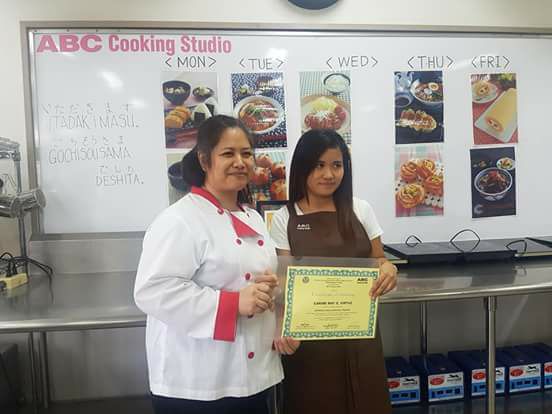

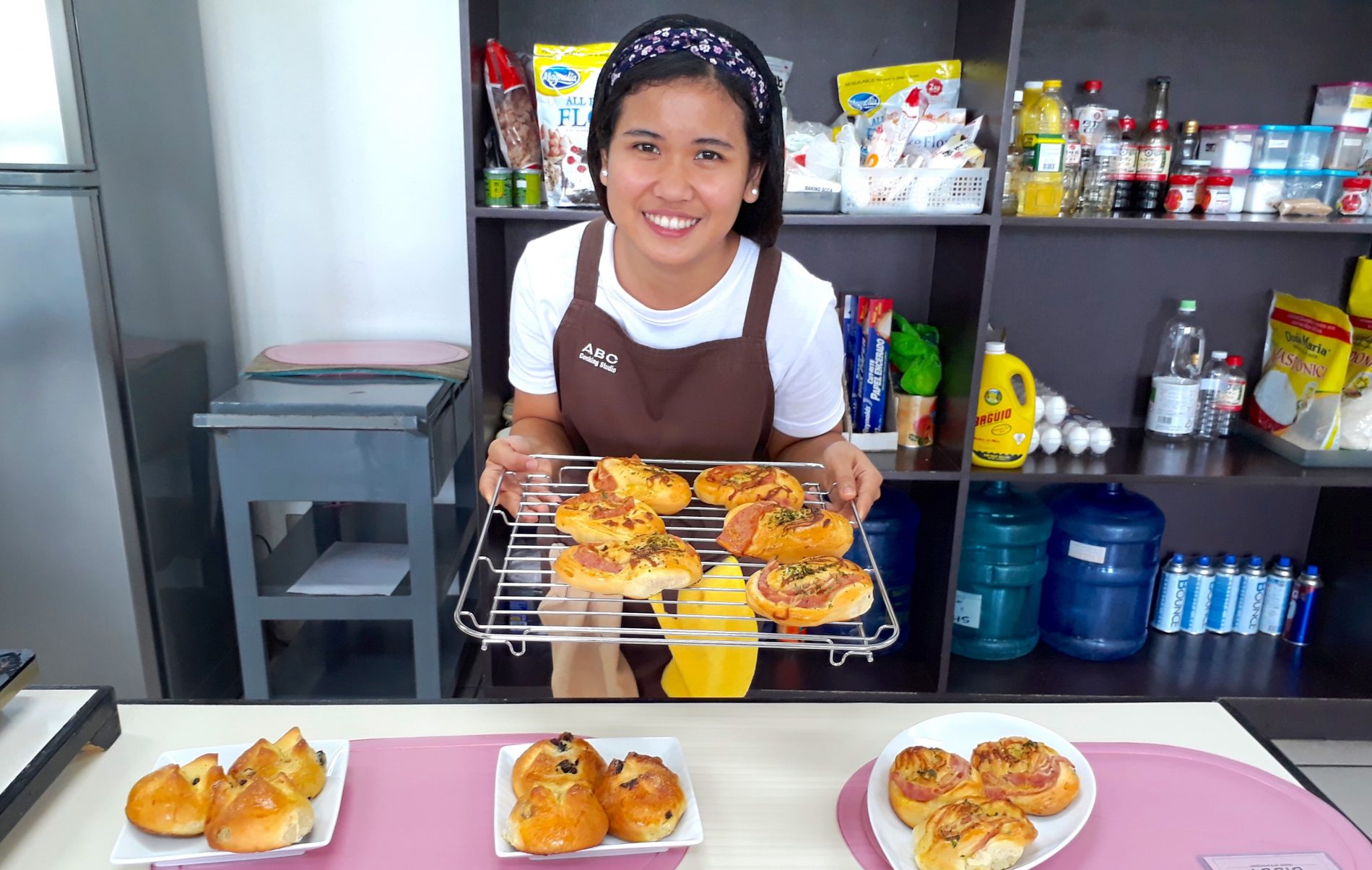
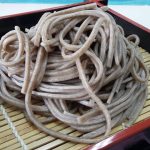
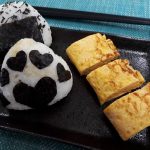
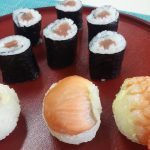



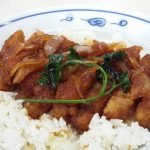


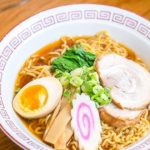
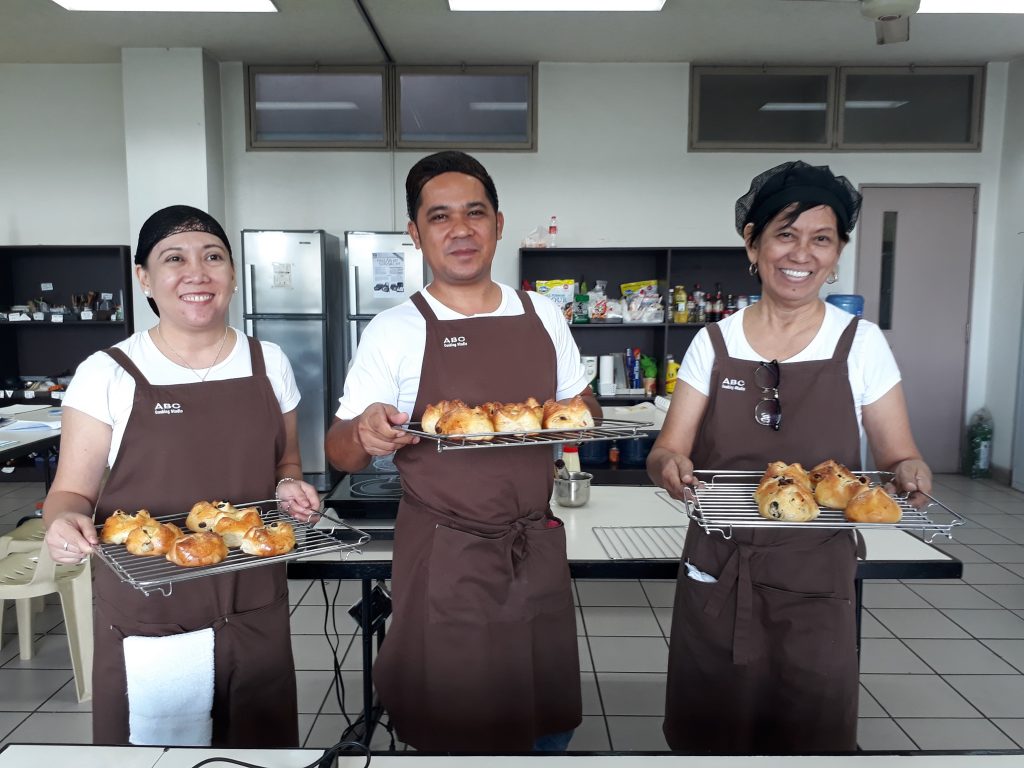
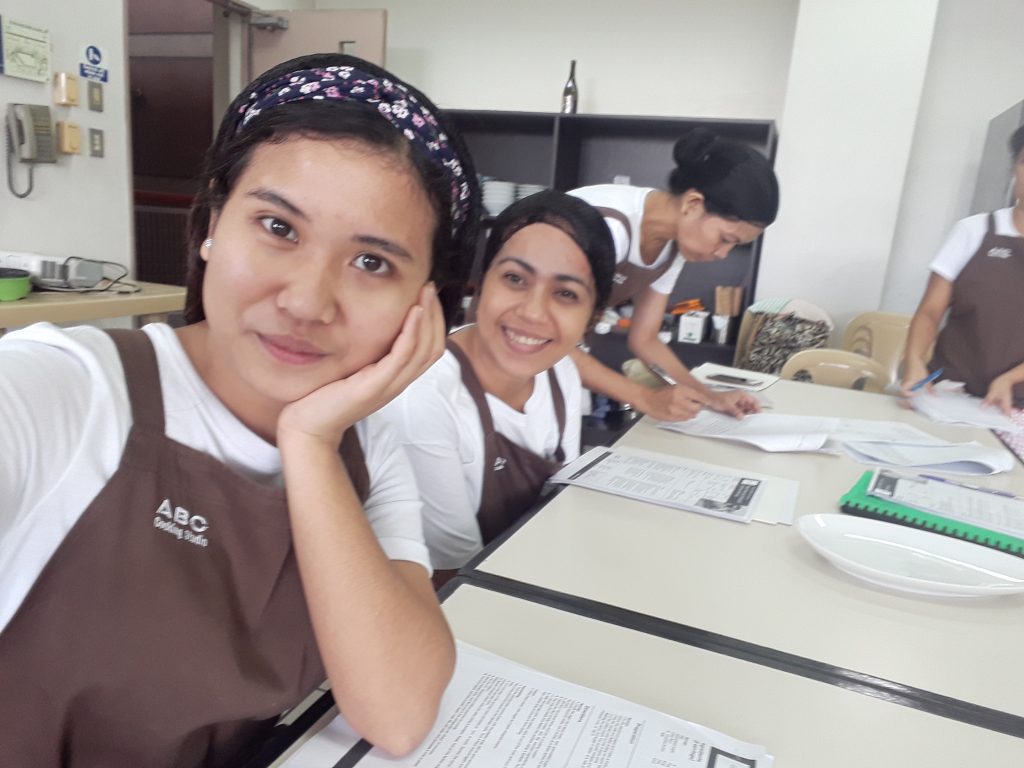
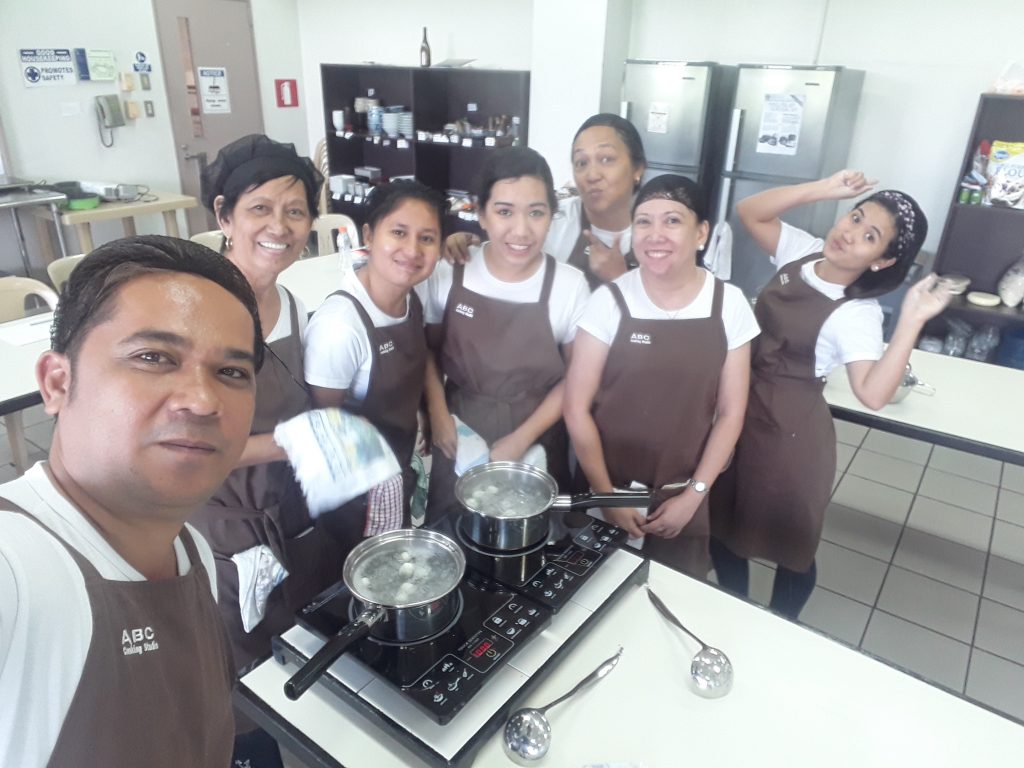
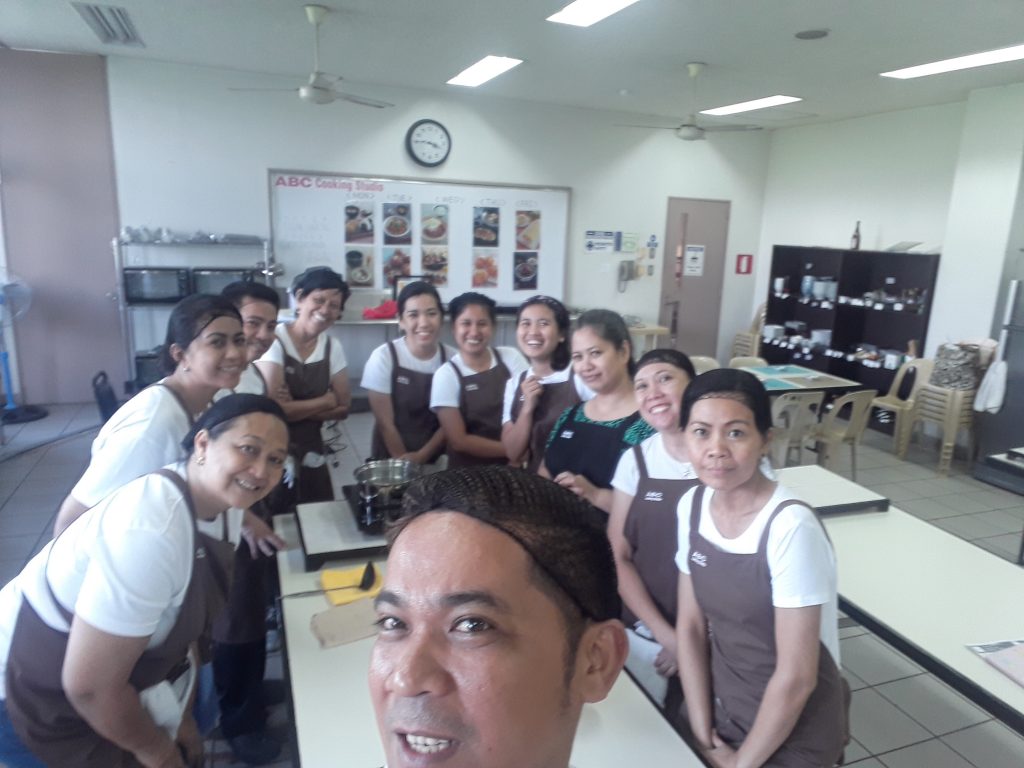

AffiliateLabz
February 20, 2020Great content! Super high-quality! Keep it up! 🙂
JamesJem
April 24, 2020You have got very well knowlwdge in this article.